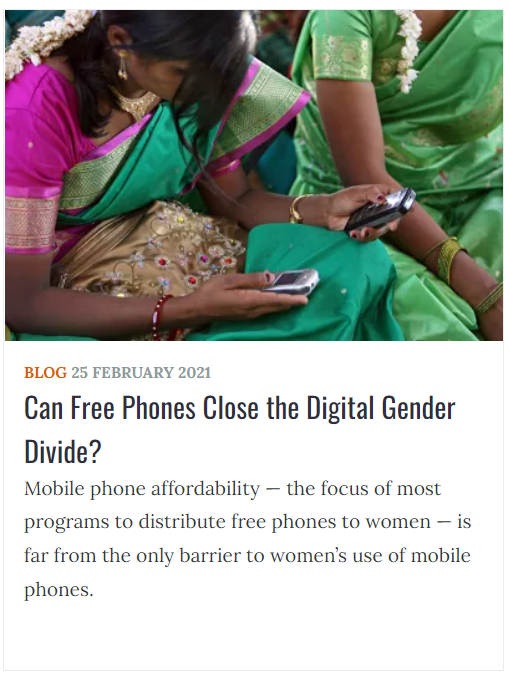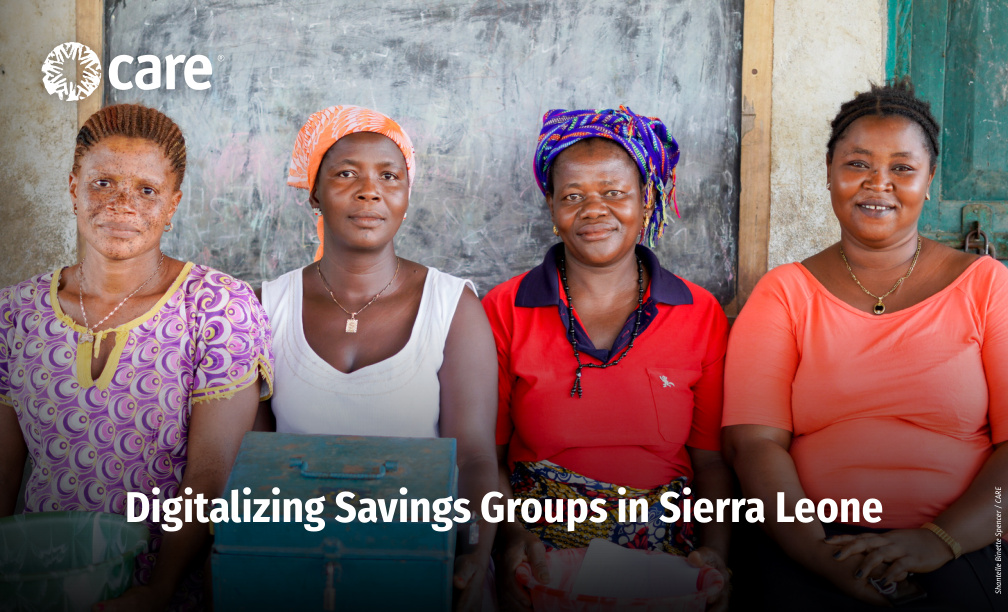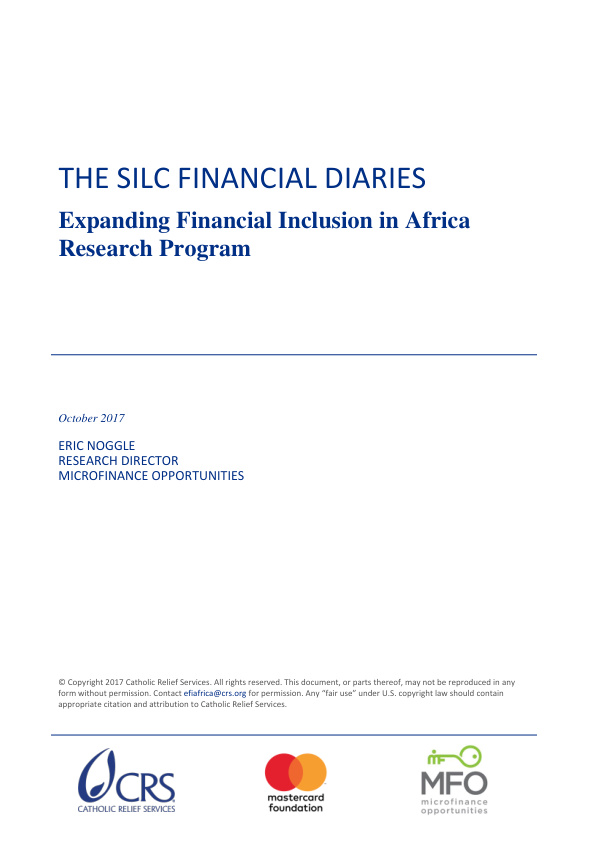This article explores the gender gap in mobile phone ownership and efforts to get phones into the hands of more women at the last mile. While these efforts have undeniably increased women’s access to phones, it is less clear if and how women are using phones to improve their lives.
The article concludes that handset affordability is far from the only barrier to women’s use of mobile phones. Initiatives aimed at increasing women’s access to mobile phones should be carried out together with norm-aware interventions that increase the value proposition of mobile phone ownership, address ongoing costs, tackle digital financial literacy, and use behavioral nudges to help women see the phones as tools to improve their lives.




